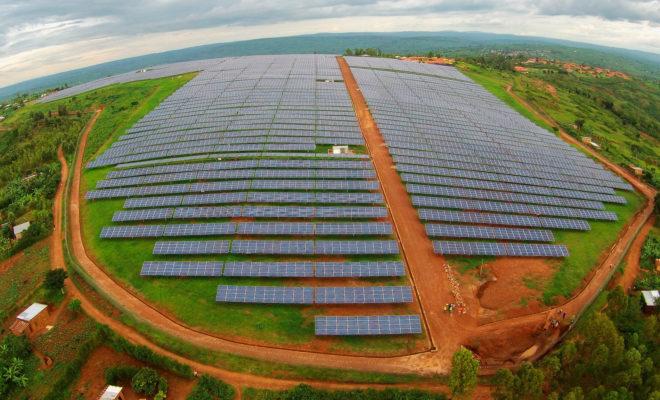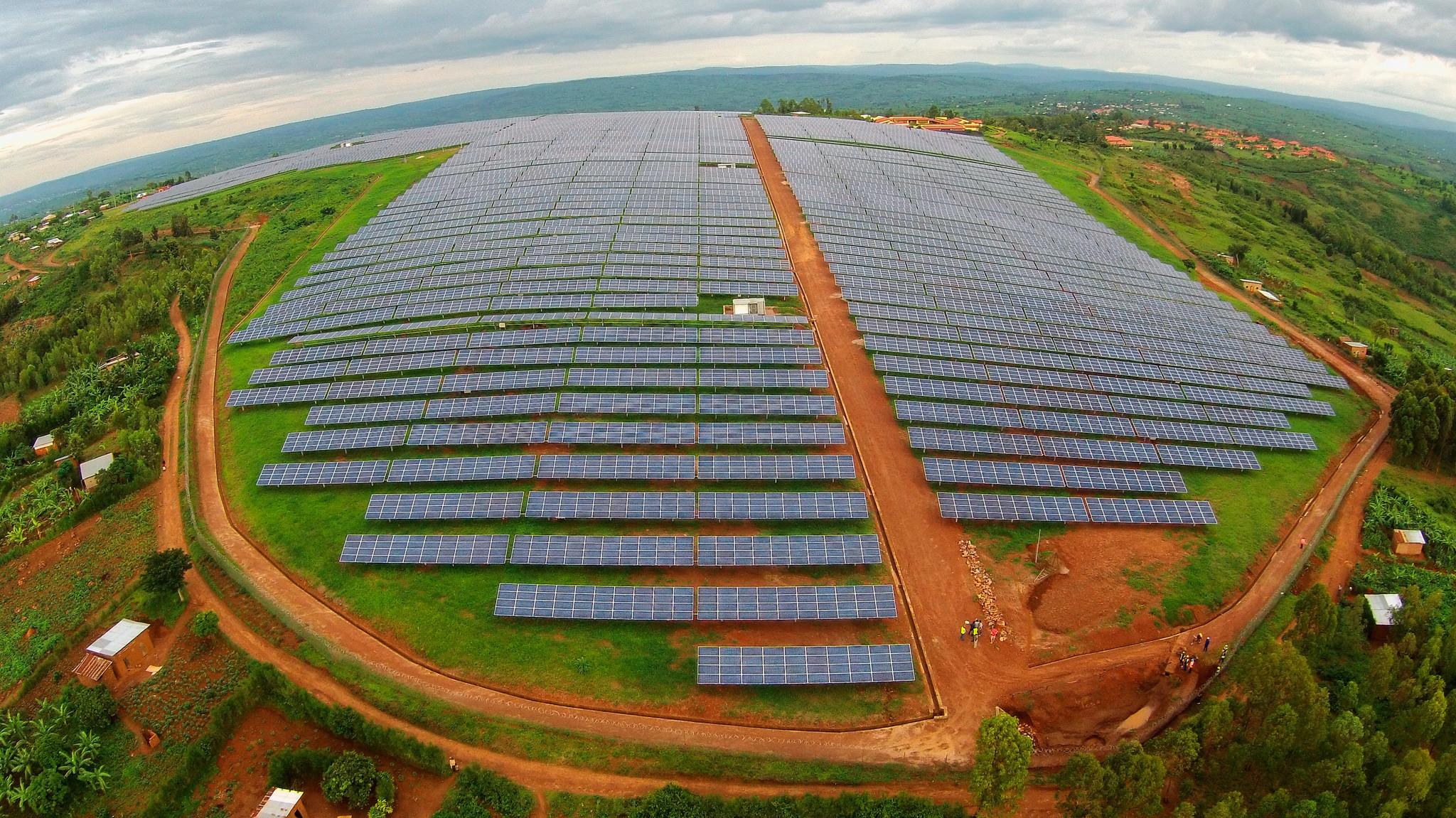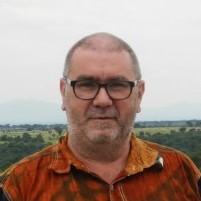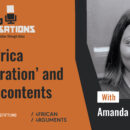How solar power can be made even more attractive for Africa

The cost of solar power is plummeting, but some challenges remain.

A solar field in Rwanda. Credit: Sameer Halai.
I was born and raised in Kenya, a child of the city brought up with a deep love for my ancestral home of Oyani. Nestled between Lake Victoria and the Maasai Mara, it was a place we fondly referred to as “the promised land”.
Every year, during the Christmas holidays, my parents would gather me and my siblings and drive us from the Indian Ocean town of Mombasa, where we lived, to Oyani, a journey of over 1,000 km. Like most children brought up in the city, I would whine incessantly about spending a whole two weeks in a village with no running water and, more importantly, no electricity. The thought of missing out on television and instant hot showers made me groan with dread every time we set off on our annual pilgrimage.
Few people were therefore as excited as me when, after over a decade of lobbying, fundraising, cajoling and pleading, the government began extending the power grid to our village. Doing so required installing 17 km of transmission lines and cost the community of Oyani dearly, with the final price tag of the connection project coming to over $170,000.
Connection to the national grid had been a decades-long dream for area residents, however, and they readily made the necessary sacrifice. Nowadays, when we set off on our annual pilgrimage to the village we do so knowing that we will have access to most of the conveniences of city life to which we have grown accustomed.
Generating electricity right where it’s needed
The decades-long struggle to bring grid electricity to Oyani made it clear to me that, for the bulk of Africa’s population, connection to a national grid will remain a pipe dream for the foreseeable future. As the least densely populated continent in the world, Africa presents a unique challenge for centralised forms of public infrastructure such as national power grids, a fact that has resulted in massive under-investment.
It is estimated that the entire continent has fewer kilometres of power transmission lines than Brazil. Kenya alone requires $4 billion of additional investment in power transmission infrastructure to meet current energy needs. While organisations like the African Development Bank work to build additional power generation capacity, the question of how to get power from where it is generated to where it is needed still presents a major challenge to Africa’s plans for universal electrification.
However, Africa’s geographic and resource challenges offer a unique opportunity for the continent to shift the thinking on how to achieve access to electricity for all. By prioritising mini-grid technology, using solar photovoltaic panels and lithium ion batteries, Africa can chart a new path towards universal electrification – one where electricity is generated right where it is needed.
Mini-grids are also known as micro-grids or isolated grid. They are a set of electricity generation and storage systems interconnected to a distribution network that supplies electricity to a localised group of customers. Mini-grids often involve small-scale electricity generation (10 kW to 10MW).
The primary concern when discussing mini-grid generation is cost. With most Africans barely able to afford power from existing sources, how could one consider options such as solar mini-grids? Cost has indeed been a major barrier to adoption in the past, but the industry has undergone a dramatic change over the past few years.
Prices for solar panels fell by 80% between 2008 and 2014, thanks mainly to massive increases in production in China. Pricing for lithium ion batteries – the type of battery used to power cellphones, laptops and electric vehicles – has similarly seen an 80% decrease over the past six years, driven by major increases in production by companies such as Tesla.
Because of these major price disruptions, solar power became the largest global source of new power generation capacity in 2016, a first for the technology. These trends all point towards a future dominated by solar power, and Africa can take the lead in making this future a reality by leapfrogging the power grid just as she leapfrogged the landline telephone grid.
Challenges to overcome
Despite these positive trends though, several challenges remain, including:
- Refining mini-grid business models: the financial needs of mini-grid projects differ from those of conventional power projects. There is a need to refine approaches for financing high interconnection costs that limit the market for mini-grid power. This should include increasing access to subsidised funding typically offered to national grid extension projects.
- Managing the threat of grid extension: More accurate and reliable forecasts of country grid extension plans could help mini-grid developers choose sites that have low potential for connection to the national grid, making developers collaborators in the push for universal electrification rather than competitors to the national grid.
- Securing long term financing: there is a major need for financing options that have longer repayment periods for mini-grid developers. Current offerings do not align well with revenue models that can make mini-grid power affordable to low-income consumers in Africa. Loans with longer repayment periods would significantly increase rates of success in mini-grid deployment.
Addressing these three challenges will go a long way toward helping mini-grids become a major source of electrical power across Africa.
I look forward to my pilgrimage to Oyani, “the promised land”, this December. I know I will be smiling as we rumble through the towns and trading posts that dot the road to my village. More of them show signs of the slow and steady expansion of grid power with light bulbs glowing brightly in shop windows and doorways.
Too many remain shrouded in darkness, however, blending into the shadows cast by the rolling hills that surround them. I hope to see solar mini-grids harness the power of the sun to illuminate each of these towns over the coming decade.






Excellent reports.
Thank you